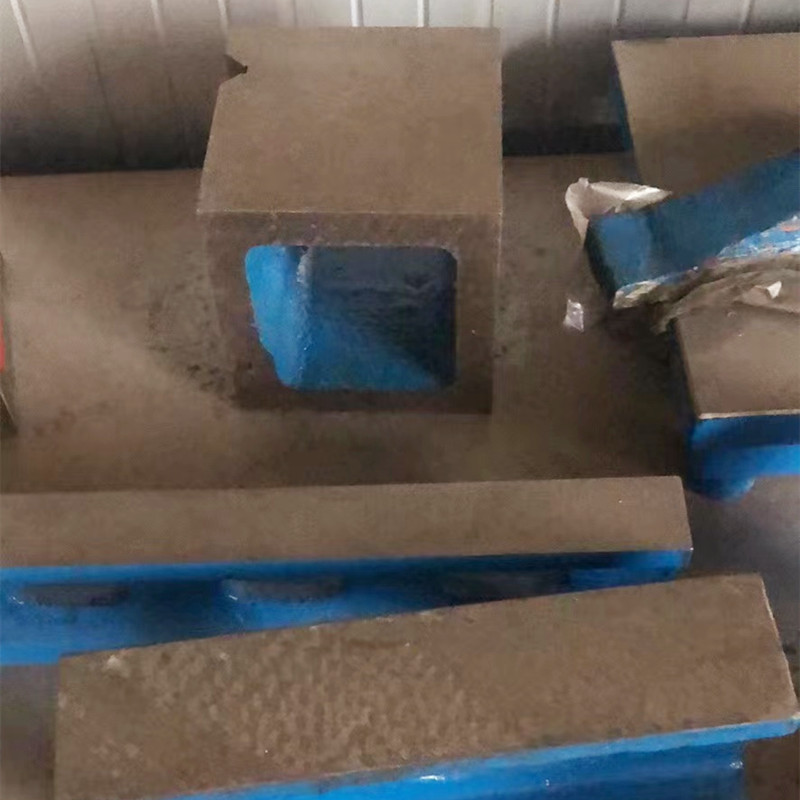نومبر . 24, 2024 17:42 Back to list
check valve cast iron
Understanding Cast Iron Check Valves Function, Types, and Applications
Check valves are essential components in various fluid systems, serving a critical role in ensuring unidirectional flow. Among the various materials used in the construction of check valves, cast iron remains a popular choice due to its durability, strength, and adaptability to different conditions. This article delves into the intricacies of cast iron check valves, highlighting their function, types, and applications.
Function of Check Valves
The primary function of a check valve is to prevent backflow in a piping system. When fluid flows in the intended direction, the valve opens, allowing the fluid to pass. However, if there is a reversal in flow, the check valve closes, effectively stopping any backflow which could lead to contamination or damage in the system. This makes them vital in applications ranging from water supply systems to industrial processes.
Types of Cast Iron Check Valves
Cast iron check valves come in several types, each suited for specific applications and conditions
1. Swing Check Valves These are perhaps the most common type of check valve found in cast iron form. They utilize a disc that swings on a hinge to allow flow in one direction while closing against the seat when flow reverses. They are ideal for applications with low-pressure drops and are commonly used in water and wastewater systems.
2. Lift Check Valves This type employs a disc that lifts off its seat to allow flow and is particularly suitable for high-pressure applications. The disc is designed to close swiftly when there is no forward flow, making lift check valves effective in environments where rapid flow reversal could occur.
3. Ball Check Valves In these valves, a spherical ball moves in the seat to control the flow. When fluid flows, the ball is pushed away from the seat, allowing passage. When flow stops or reverses, the ball returns to the seat, closing off the flow. Ball check valves are often used in applications involving slurries or viscous fluids.
4. Dual Plate Check Valves A more advanced type, dual plate check valves feature two plates that open in unison, offering minimal resistance to flow. Due to their compact design, they are favored for applications with limited space and are often used in pipelines for water, oil, and gas.
Advantages of Cast Iron Check Valves
Cast iron check valves provide numerous advantages that make them a preferred choice in many industries
check valve cast iron

- Durability Cast iron is known for its robust properties, making it resistant to wear and corrosion. This longevity is essential in environments where maintenance may be challenging to perform. - Cost-Effectiveness Compared to other materials like stainless steel or brass, cast iron is generally more affordable, making it a viable option for budget-conscious projects without sacrificing quality.
- Versatility Cast iron check valves can be used in a wide range of temperatures and pressures, making them suitable for various applications, from domestic plumbing to heavy industrial use.
- Weight The weight of cast iron can be both an advantage and a drawback. While it offers stability in high-pressure applications, its heaviness can complicate installation and maintenance.
Applications of Cast Iron Check Valves
Cast iron check valves find applications in numerous industries, including
- Water Supply Systems These valves are crucial in municipal water supply applications, ensuring that water flows only in the intended direction to prevent contamination.
- Wastewater Treatment They help maintain the integrity of wastewater systems by preventing backflow that could lead to system failures.
- Industrial Applications Many manufacturing processes utilize cast iron check valves to manage chemical fluids, steam, and gases effectively, ensuring safety and efficiency.
- HVAC Systems In heating, ventilation, and air conditioning systems, these check valves play a pivotal role in maintaining system balance and preventing backflow that can disrupt operations.
Conclusion
In summary, cast iron check valves are indispensable components across various sectors, providing reliability and efficiency in fluid management. Their various types and robust characteristics make them suitable for both residential and industrial applications. Understanding their function and advantages helps in selecting the appropriate check valve for specific needs, ensuring optimal performance in any fluid system.
-
Precision Manufacturing with Advanced Spline Gauge DesignNewsJul.31,2025
-
Industrial-Grade Calibrated Pin Gauges for Exact MeasurementsNewsJul.31,2025
-
Industrial Filtration Systems Depend on Quality Filter DN50 SolutionsNewsJul.31,2025
-
High-Performance Gate Valve WholesaleNewsJul.31,2025
-
Granite Surface Plate The Ultimate Solution for Precision MeasurementNewsJul.31,2025
-
Granite Industrial Tools The Ultimate Guide for Bulk BuyersNewsJul.31,2025
Related PRODUCTS









